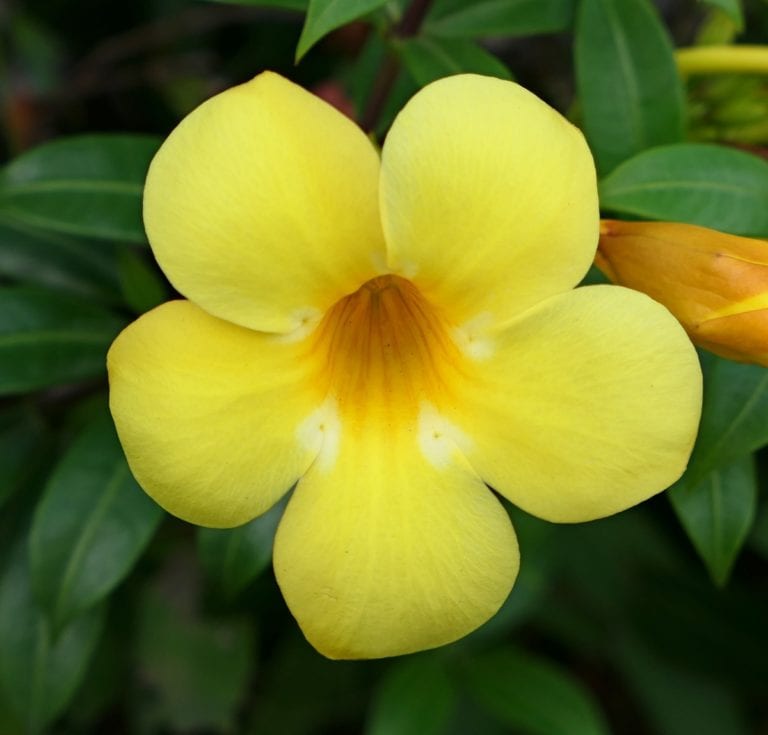761st Week: Holding Space for Ourselves and All Our Kin (Which is Everyone)
As I write this practice, current violent events that have caused immense distress and suffering continue to fill the news and Internet. Working through my own responses got me to thinking about what I might offer as this week’s practice that might be both supportive and useful.
Whenever I am in the presence of suffering and challenges that I can’t directly change, I inevitably turn to my heart space for support, comfort, and as a way to actively and mindfully process my sense of outrage, helplessness, or despair that may arise. And, inevitably and thankfully, my heart space is able to process and manage these difficult feelings in a way that always surprises and eases me. It may be because I feel like I’m doing something, or it may be—as the HeartMath Institute’s research has shown—that a coherent heart eases the amygdala and reduces activation.
So, even though I’ve posted these exercises many times before, I want to share them again. When I use HeartMath-oriented practices, I find ease and that helps me move through the world without adding any further activation to the environment around me.
And, when I do Tonglen practice, I feel that I’m not only easing my own heart but that I’m also processing a bit of our collective suffering, as well.
For me, these are also examples of what’s called “subtle activism”, a way to have an impact on our collective human consciousness even when we aren’t currently in a position to make any overt changes:
A breathing exercise derived from HeartMath and Thich Nhat Hanh:
* Find a place where you can sit down and settle in for just a few minutes.
- Become aware of any places in your body where you feel settled and/or steady.
- Bring your awareness to your heart space and remember that it represents the source of your heart brain and heart intelligence.
- Begin to breathe in and out through your heart—easy breaths, don’t work at it.
- As you continue to breathe, orient your awareness on the energy and essence of love.
- There’s no need to have a specific image or even a specific thought—just sensing into the presence and essence of love.
- If it feels right to you, you can breathe in love and breathe out compassion or gratitude, or whatever other quality you would like to offer to yourself and your world.
- Another variation draws from the work of Thich Nhat Hanh. On the in-breath, you can mentally say something to yourself like “Breathing in, I arrive; breathing out, I am home.” These are the words of Thich Nhat Hanh. Experiment with substituting the words that are support you best each time. (See Practice #760.)
- Do this for as long as it feels comforting, settling, or until you feel you have completed the practice.
A derivation of Tonglen:
- Find a place where you can sit down and settle in for just a few minutes.
- (Also, this practice and the one above can be done anywhere, anytime, even when you’re walking or active in a public context.)
- Become aware of any places in your body where you feel settled and/or steady.
- Bring your awareness to your heart space and notice that a fire burns there—it is fiery love, powerful and strong.
- Remember that the fire of the heart has the power to neutralize negative energy.
- Now, if it resonates for you, also imagine that you are surrounded by a white light that automatically neutralizes any negative energy you may encounter (this isn’t a necessary step—use it if you’re uncomfortable breathing negative energy directly into your heart).
- Become aware of whatever feeling you may be having—sadness, outrage, overwhelm, anxiety, despair…
- Remember that, in this moment, there are countless people all around the planet who feel just as you do.
- Breathe in that feeling, including the feeling that is also in others, and imagine or sense that the fire in your heart burns it up, neutralizes it, creating free energy you can now qualify and exhale into yourself and into the world.
- As you breathe out, imagine the new quality—compassion, ease, calm, whatever you choose—flowing first into and through your body and then out into the world.
- Breathe in this way for a little while, until the feelings you started with begin to ease.
As you do these practices, it helps to remember that you are not only helping yourself. You are also processing, metabolizing, some of the suffering of others. We impact our world in every moment through the quality of our energy, through what we radiate and emanate as we move through our daily activities. It matters where we place our attention, and these practices can help us engage our world with less activation and reactivity, with a greater ability to act on behalf of what helps rather than harms. It’s not a call to inaction. Rather, this is a way to be able to respond even as we take care of ourselves along the way.
In times like these, it’s very helpful to be able to be as centered as we can be because when we are in a trauma state our brain has difficulty finding options and constructive answers to the dilemmas we face, individually and collectively. I’m sure I’ve mentioned before the way in which the brain responds when there are trauma, stress, and/or overwhelm present. When we are in a “trauma brain”, we are only able to think in terms of this orthat, right orwrong, good orbad. We also aren’t readily able to come up with solutions to problems that require us to hold a “both/and” position, where we can be creative and flexible in our responses. An open heart automatically moves through the world with a “both/and” perspective, which is why these particular practices are very helpful to cultivate.
As you work with this practice, please remember to bring along curiosity as your constant companion and to pat gently on the head any judgments that may arise. Being gentle with yourself is part of a heart-based practice and is a way to strengthen your capacity to do so more easily and automatically.




